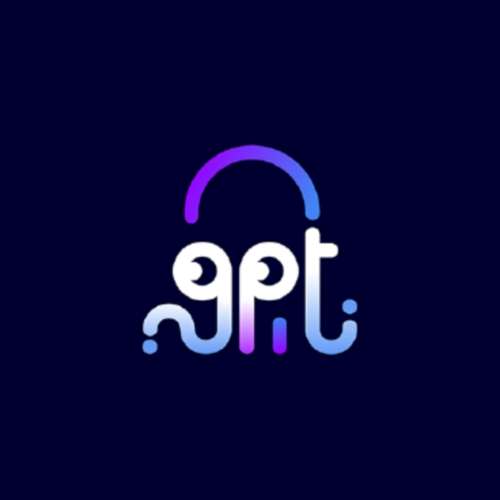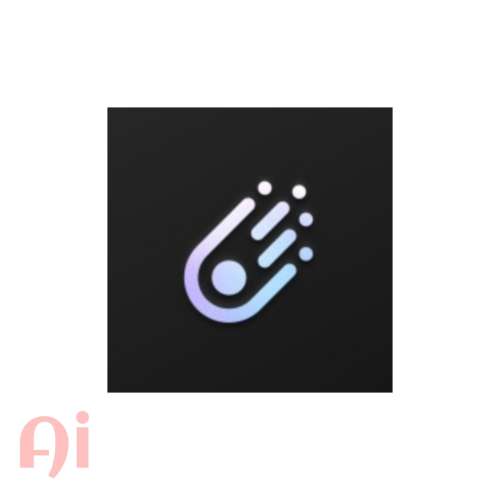
Auto-GPT
 automation tools
automation tools
What Is Auto-GPT?
Imagine an AI that not only answers your questions but acts on them—researching, coding, and even ordering pizza autonomously. That’s Auto-GPT, an open-source Python tool built on GPT-4, designed to operate with minimal human intervention. Unlike ChatGPT, which relies on prompts, Auto-GPT chains together "thoughts" to achieve complex goals, from writing code to analyzing market trends.
Developed by Toran Bruce Richards (aka Significant Gravitas) and hosted on GitHub, this experimental project has sparked debates about the future of autonomous AI. But is it a glimpse of artificial general intelligence (AGI), or just a sophisticated task automator? Let’s dissect its capabilities, flaws, and real-world impact.
Key Features: How Auto-GPT Stands Out
Auto-GPT’s architecture combines cutting-edge AI with practical automation tools:
- Autonomous Task Execution: Define a goal (e.g., “Develop a weather app”), and Auto-GPT breaks it into subtasks—writing code, debugging, and even installing dependencies.
- Internet Access & Memory Management: It browses the web, stores short- and long-term data, and learns from past actions.
- Multi-Model Integration: Uses GPT-4 for text generation, GPT-3.5 for summarization, and ElevenLabs for voice synthesis.
- Customizable Workflows: Supports plugins for tasks like social media management or financial forecasting.
- Self-Improvement: Iteratively refines outputs based on feedback, a feature tested in coding and market research scenarios.
How to Use Auto-GPT: A Step-by-Step Guide
For developers and tech-savvy users:
- Set Up Prerequisites: Install Python 3.10+, Docker, and Git. Obtain an OpenAI API key (paid account required).
- Clone the Repository: bashCopygit clone https://github.com/Significant-Gravitas/Auto-GPT.git
- Configure Environment: Rename .env.template to .env, add your API key, and set memory backends (e.g., Milvus for vector databases).
- Run the Agent: Execute python -m autogpt, name your AI (e.g., “Startup-Analyzer”), define goals, and let it work.
- Monitor & Refine: Track outputs in the /auto_gpt_workspace folder and adjust prompts for better results.
Pro Tip: Use --continuous mode for fully autonomous runs, but monitor costs—GPT-4 API usage can escalate quickly.
Use Cases: Where Auto-GPT Shines (and Stumbles)
1. Coding & App Development
Auto-GPT wrote a Node.js server for developer Varun Mayya, even installing dependencies automatically.
However, it occasionally produces buggy code, requiring human oversight.
2. Market Research
A user tasked Auto-GPT with analyzing waterproof shoe competitors. It delivered a detailed report in 8 minutes but overlooked cost analysis—a critical gap.
3. Content Creation
SEO teams use it to generate hundreds of blog drafts. While efficient, outputs often lack nuance, necessitating heavy editing.
4. E-commerce Optimization
Auto-GPT can draft product descriptions and dynamic pricing strategies, though its creativity lags behind tools like Jasper.
5. Autonomous Workflows
From podcast scripting to legal research, Auto-GPT automates repetitive tasks but struggles in high-stakes environments like healthcare.
Auto-GPT vs. Competitors: A Reality Check
| Tool | Strengths | Weaknesses |
| Auto-GPT | Fully autonomous, multi-task capable | Steep learning curve, high costs |
| ChatGPT | User-friendly, conversational | Requires constant prompting |
| Jasper | Industry-specific SEO templates | Limited autonomy |
| Copy.ai | Affordable for small businesses | Narrow use cases |
Real Rating: 3.5/5 Stars
- Strengths:Unmatched autonomy for complex workflows.Integrates with APIs and databases (e.g., Pinecone, Milvus).
- Weaknesses:Costly API usage (GPT-4 bills add up quickly).No built-in UI—requires coding expertise.
Expert Insights
“Auto-GPT is revolutionary but not yet reliable. For every success story, there’s a project derailed by a misplaced semicolon.”— Sully Omar, Tech Entrepreneur.
Who Should Use Auto-GPT?
- Developers: Automate coding and debugging.
- Marketers: Bulk-generate SEO content drafts.
- Researchers: Accelerate data analysis.
- Avoid If: You lack technical skills or need error-free outputs.
The Future of Auto-GPT
Upcoming updates aim to simplify deployment with a cloud-hosted beta and pre-built agents for niche industries like healthcare. Language support for non-English prompts is also in development.
FAQ
Q: Can non-coders use Auto-GPT?
A: Not easily—basic Python knowledge is essential for setup.
Q: Is it free?
A: The code is open-source, but GPT-4 API costs apply (~$0.03 per 1k tokens)5.
Q: Does it support multilingual content?
A: Yes, via GPT-4, but interface customization is limited.
Final Thoughts
Auto-GPT is a double-edged sword: a glimpse into AI’s autonomous future but shackled by technical and financial barriers. For developers and enterprises willing to navigate its complexities, it’s a powerful ally. For others, tools like ChatGPT or Jasper remain more practical.
Try Auto-GPT If: You’re ready to trade convenience for cutting-edge automation. Clone the repo, grab an API key, and join the experiment7.
What’s your take on autonomous AI? Share your Auto-GPT experiences below.





No comments, be the first to comment